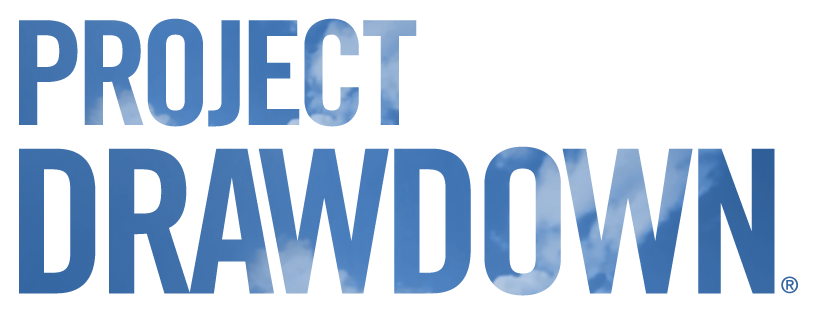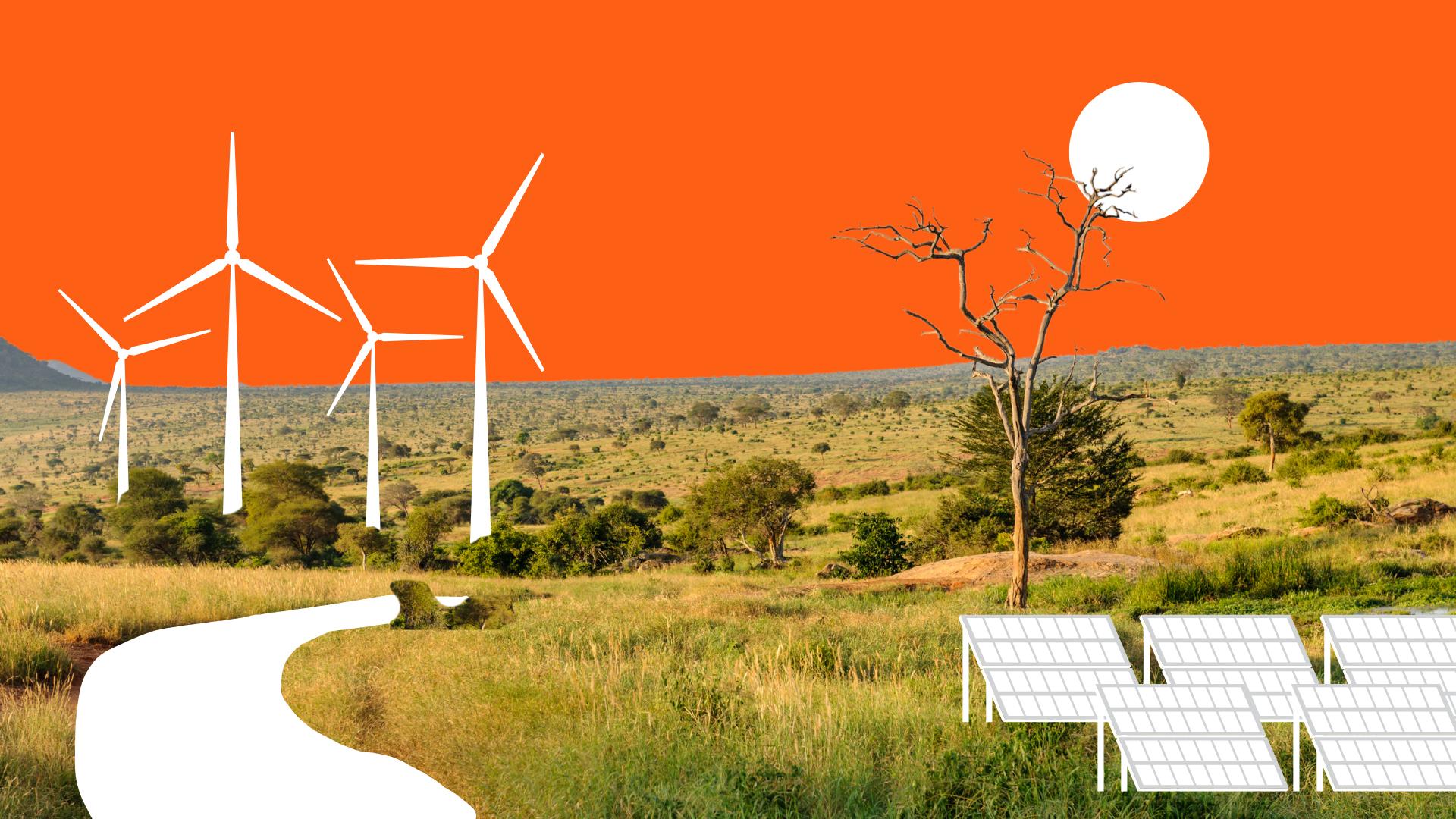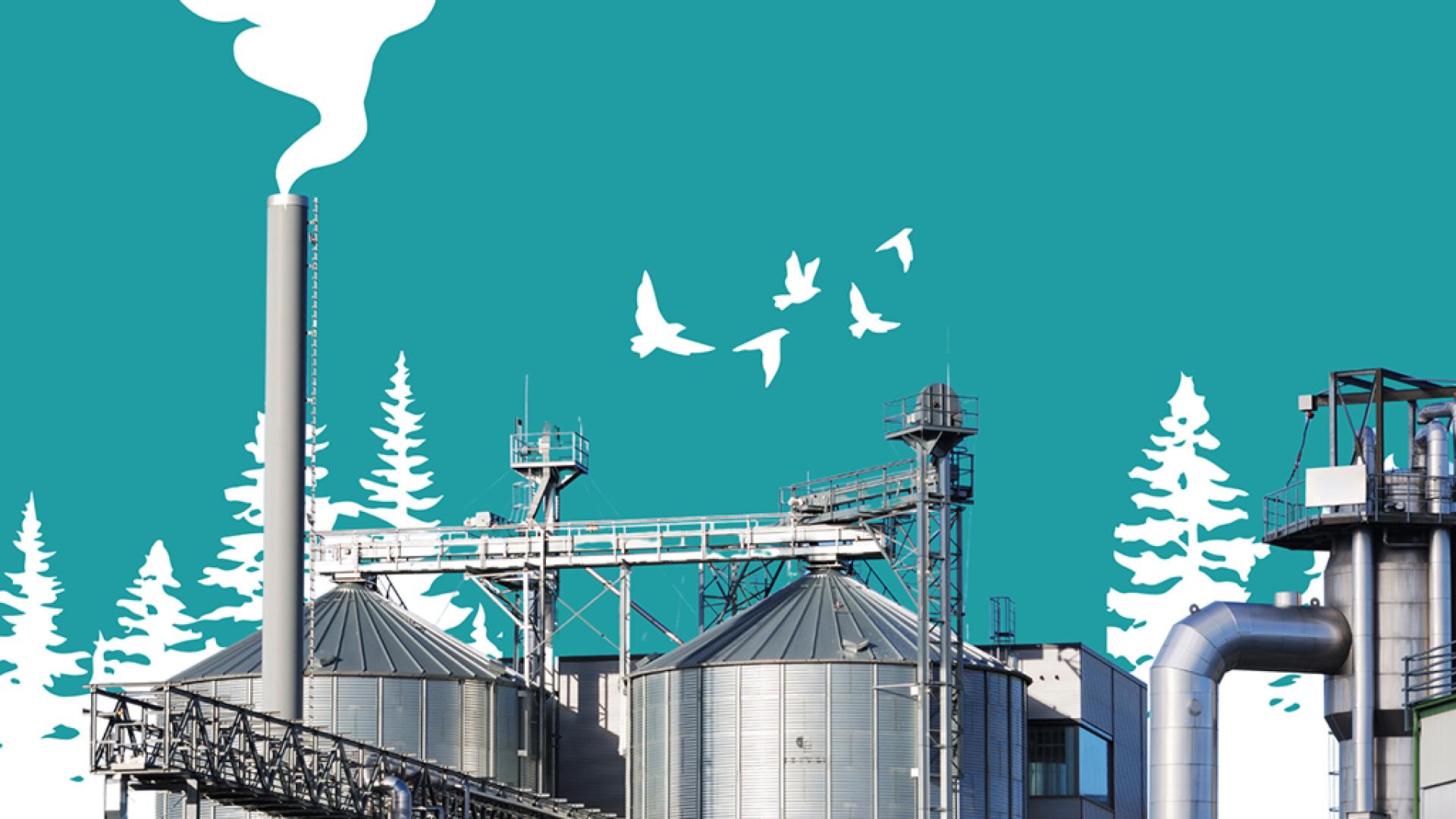Askov Finlayson, Etsy, and Lyft join Drawdown Labs

Five new implementation partners—Doughnut Economics Action Lab, Evergreen Action, Rewiring America, Seneca Solar, and The Outdoor Policy Outfit—also join the effort to turn the tide on climate change
San Francisco—Askov Finlayson, Etsy, and Lyft have joined a major climate solutions consortium led by Drawdown Labs—Project Drawdown’s private-sector testing ground for strategies to accelerate the safe and equitable adoption of climate solutions—as new business partners. Drawdown Labs business partners work to engage their employees in climate solutions and achieve a new bar for corporate climate leadership—meeting regularly, sharing insights, asking critical questions, and enjoying full access to Project Drawdown’s science-based resources and expertise.
The three companies join Allbirds, Aspiration, Copia, General Mills, Google, IDEO, Impossible Foods, Intuit, Lime, LinkedIn, R&DE Stanford Dining, Trane Technologies, and Unity in Drawdown Labs’ signature initiative to mobilize the power of corporations to solve the climate crisis.
Five organizations have also signed onto the initiative as “implementation partners”—entities that will help businesses achieve their climate mitigation goals. They are Doughnut Economics Action Lab, Evergreen Action, Rewiring America, Seneca Solar, and The Outdoor Policy Outfit.
Implementation partners help Drawdown Labs work with its business partners and other businesses committed to helping the world achieve drawdown. Each is an expert in some aspect of Drawdown Labs’ work, such as advancing climate policy, shifting to climate-friendly investments and integrating climate justice into emissions reductions strategy. These new collaborators will bring their knowledge and operational capacity to help execute and enhance Drawdown Labs’ work to align the private sector with drawdown—the point in the future when levels of greenhouse gases in the atmosphere stop climbing and start to steadily decline, thereby stopping catastrophic climate change.
Drawdown Labs business partners commit to rigorous greenhouse gas emissions reduction targets; aspire to conform with the Drawdown-Aligned Business Framework; and pledge not to lobby against climate action, policy or science. They use their resources, influence, employees, community members, and customers to help the world reach drawdown.
Implementation partners help Drawdown Labs business partners and the broader business community pull key climate leverage points and rapidly accelerate the deployment of climate solutions. They also collaborate on creating and promoting resources to elevate private-sector climate action.
“Drawdown Labs partners are leading the transformation of their sectors—not simply playing at the edges of real change,” said Drawdown Labs Director Jamie Alexander in announcing the new partnerships. “They commit to challenge status-quo private sector leadership for faster, equitable climate action at unprecedented scale.”
Press Contacts
If you are a journalist and would like to republish Project Drawdown content, please contact press@drawdown.org.



